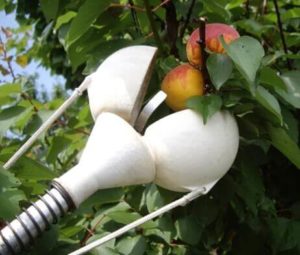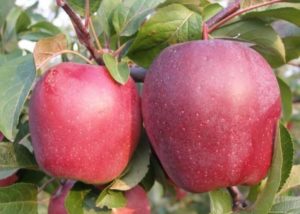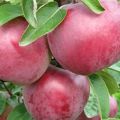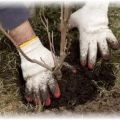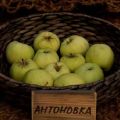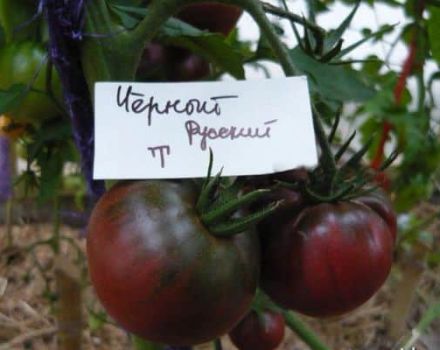Description and specific characteristics of the Uralets apple tree, planting and care
Breeding methods mix the best apple varieties and produce results that are superior to the originals. In this way, the Uralets variety was obtained - an apple tree with a set of exceptional advantages. The Uralets is grown in the garden plots of amateurs, as well as on an industrial scale, in vast territories. It shares similarities with related cultures and also has distinctive characteristics.
Breeding history of the variety
The view was obtained in the middle of the last century, at the gardening station of the Sverdlov Research Institute of the same name. It took several years of work to get the variety.
The research was carried out by a group of gardeners, 3 varieties were used for crossing:
- Pink-striped Anise;
- Saratov Ukrainian;
- Kitayka Voskovka.
Pros and cons
Advantages of the variety: resistance to low temperatures, stable yield. The disadvantage is the small size of the fruit, the instability to fungal diseases.

Biological features of culture
The Uralets is endowed with the qualities of a winter-hardy variety, has characteristic features, is suitable for planting in several zones of Russia. The description of the variety takes into account all the characteristics, according to which gardeners make a choice.
Barrel height
The trees of the variety reach 5 meters. They can be formed like shrubs for easy maintenance and care.
Crown size
The crown of the tree fits snugly against the trunk, in natural growth it approaches the pyramidal type. Leaves cover the branches densely, richly. Branches at the lower levels are horizontal to the ground, towards the top they become vertical to the trunk.

Root system
Uralets has developed strong roots that go into the soil, holding the apple tree.
Leaves and fruits
Leaf size is described as medium; they are dense, have a matte color. Bordered with denticles.
Annual growth
With proper care, the growth of young branches is 50 to 70 centimeters.
Technical specifications
According to the technical parameters, the types of crops are selected that are suitable for a specific area.
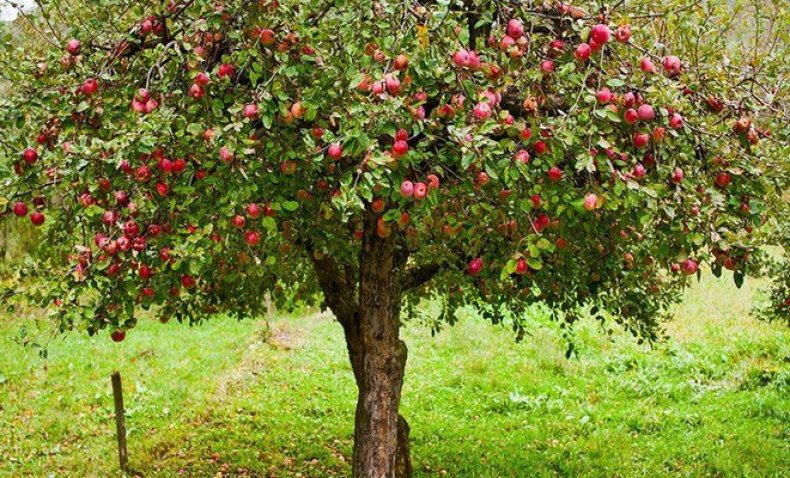
Frost resistance
This sign is one of the most important for those who are going to plant apple trees. Low temperature resistance is essential for any variety. The Uralets was crossed with species that had different indicators for this type. He himself received high marks for this parameter, he can withstand from -30 to -40 degrees.
Immunity to diseases and pests
Resistance to scab and fungal diseases is considered average. After careful processing with special means, the variety becomes resistant to these diseases. The apple tree is susceptible to damage by the moth.

The frequency of fruiting
The apple tree begins to bear fruit 4 or 5 years after planting. Bears fruit abundantly after 6-7 years of life. The peak passes by the age of 40-50.
Maximum age
Trees of this species can live for about 100 years. Considering that the variety is classified as a fruit crop, the average age is artificially reduced to 70-80 years.
Reproduction
Uralets can be spread in several ways:
- vaccination;
- sapling method;
- seeds.
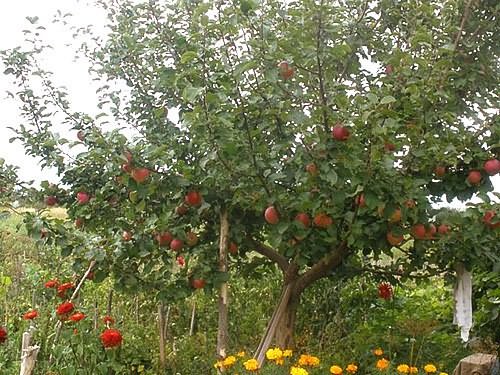
Wild varieties are recommended for the stock.
All about yield
Productivity is one of the main characteristics of any variety.
When a tree begins to bear fruit
Full fruiting is expected from the tree only after 5-6 years, in some cases it may be delayed by a year.
Pollination and flowering
The variety belongs to those that cannot self-pollinate. For reproduction, pollen from the second apple tree is required. Experts recommend using a variety that is close in terms of indicators: Nalivnoe Uralskoe.
The flowering period is at the end of May. The summer period is enough for complete pollination, fruit ripening. Apple flowers are white, medium-sized. Flowering is abundant.
The timing of fruit ripening
Fruiting begins in early or mid September. The time period may differ depending on the conditions of the region. The fruits pull the branches to the ground, but rarely fall off themselves.
Collecting and using apples
The collection is carried out in dry weather, in the afternoon. The conditions allow you to avoid excess moisture, which can significantly spoil the preparation for storage. The fruits are suitable for making compotes, complement the assorted jams, and are used for making fresh desserts.

Tasting qualities
Variety evaluation by tasters is a common procedure that involves comparison with many related crops. The Uralets received an estimate of 4.2 points.
Apple fruits are considered tasty, juicy, sweet. The disadvantage may be the size of an average apple, it reaches 80 grams.
The frequency of fruiting
The tree is capable of bearing fruit annually. It is necessary to average the amount of ovary on the branches to avoid too large a crop. This method will avoid the alternation of large and small yields.
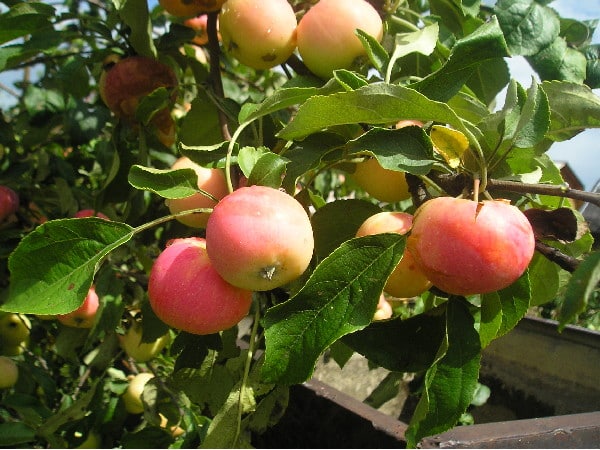
How to plant and grow an apple tree
Amateur gardeners often choose a variety for planting, but do not fully understand what the requirements are for growing a crop.
Tips for choosing and preparing seedlings
Saplings are purchased from trusted sellers. In addition, it is recommended to choose two-year-old seedlings, they are able to take root in a shorter time. The roots of seedlings should be cleared of debris and dead areas.
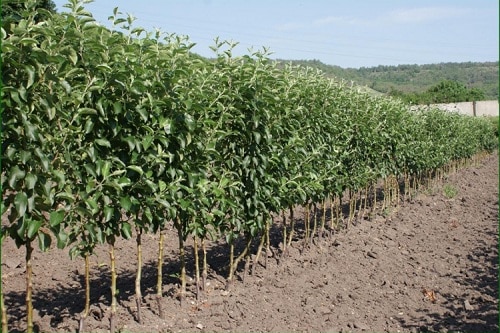
Choosing the best place
The apple tree is planted where it will have the opportunity to get the necessary pollination. An interval of 6-7 meters must be observed between views.
Optimal timing
It is better to plant the variety in the fall, but you can do it in the spring. Spring planting period: late April, late May-early June.At the end of summer, after harvesting the area, seedlings are planted until the end of October.
Landing scheme and dimensions of the landing pit
The landing pit is prepared in advance. In autumn, it should be dug out 1-1.5 months before the start of the procedure. The depth of the hole should not be less than 50 centimeters, it is adjusted according to the size of the rhizome. The width should not be more than 50 centimeters; when planting neighboring trees, counting begins from the extreme border.

Step-by-step planting process
Planting begins with the preparation of seedlings:
- The roots are straightened.
- A support up to 1.5 meters high is placed in the pit.
- The seedling is placed in a hole, covered with soil.
- The earth is compacted, a trench is organized around the planting, and spilled.
Features of seasonal care
For growth and development, you need to carefully look after the culture.
Soil care
The soil is watered and fed in a timely manner.
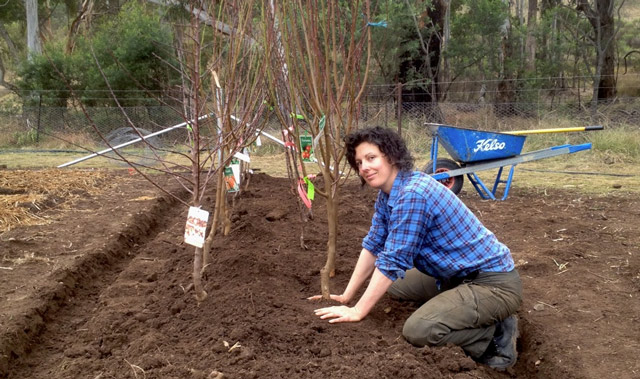
Watering the tree
The tree does not like drought, requires regular watering. Depending on the conditions, gardeners choose the frequency of watering, but it should not be less than once a month.
Foliar and root feeding
The roots are fed: in the spring - with urea, and in the fall - with the help of phosphates.
Prevention of diseases and pests
To prevent the appearance of fungal infections and to repel pests, trees are treated with karbofos.
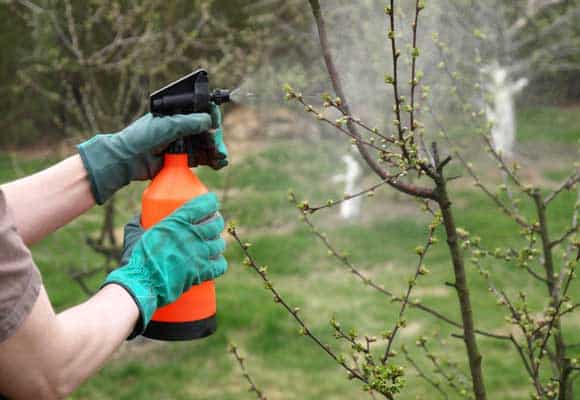
Crown formation
The branches are pruned for the growth and development of the tree. The technique is traditional, the branches are cut after 3-4 buds.
Mulching and winter preparation
The variety is considered one of the most frost-resistant, the only requirement for maintaining a crop in winter is soil mulching. Any materials are suitable for this.
Subspecies
The crop has varieties that can be selected for planting, taking into account the weather conditions.
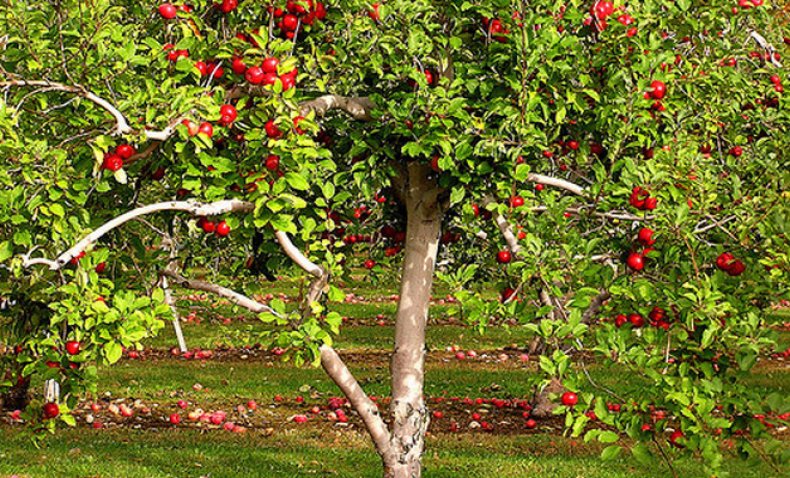
Semi-culture
Feature - small and juicy fruits of a reddish-green hue. This type is suitable for regions of Siberia, as it is resistant to low temperatures.
Dwarf
This type is suitable for large garden plots with many species on the farm. Trees take up little space, give a good harvest.
Stamp
The variety can be formed like a standard variety. This is a type of apple tree that has a bare part of the trunk, a crown formed in the shape of a ball.
Autumn yellow
The trees are undersized, but they have an advantage over many other Ural varieties: they give a high yield with minimal maintenance.
